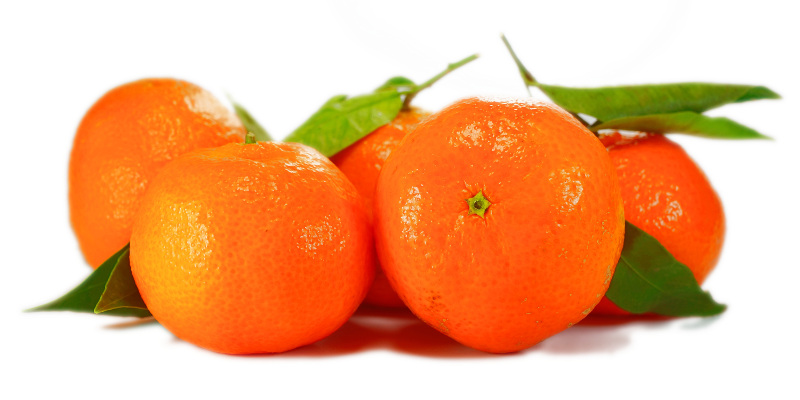As an ostomate, are you eating mindfully?
Happy New Year! I hope 2017 is starting off well for you and your family. January is always a good time to think about the year ahead, and what changes...

As a Nutritionist I am a fan of optimal nutritional intake. The food we eat is a source of nutrients for every cell, tissue and organ in the body, and supplies energy for our body to function. In a perfect world, I therefore like my clients to consume a nutrient-dense diet that provides everything their body needs to thrive. For many of my ostomate clients, however, a nutrient-dense diet creates more problems than solutions.
This is because a nutrient-dense diet often correlates with a high-fibre diet that may increase output or potentially result in a blockage. In their perfect world, my ileostomate and colostomate clients in particular would like as little residue from dietary fibre as possible to reduce output and make life easier and more manageable. This is completely understandable. However, it creates very contrasting goals and may not lead to the greatest health. Nutrient deficiencies may develop from a low-residue diet that affects physical and mental status. Therefore as practitioner and client, we need to work together to find the middle ground.
Where that middle ground is, though, and what it looks like can differ from person to person, making it very individual. It can depend on many factors and variables which all need to be taken into consideration during the search, such as age of the client, nature and reason for the surgery, individual health status, and medications etc. Nutrient demand may be higher in some situations that shifts the middle ground somewhat. Identifying the middle ground also depends on a degree of trust and open-mindedness by the client to explore new horizons, as well as monitoring and feedback of different nutritional strategies to assess if they are appropriate. This makes it a very individual but collaborative approach.
Finding the middle ground depends largely on creating a balance between consuming a diet that is as nutrient dense as possible for greatest health benefits with the least issues regarding output. For some ostomates this is easier than for others. For example, urostomates have few concerns in this regard because the intestinal tract is largely unaffected by urostomy surgery. Dietary intake can continue generally as normal. People who have a colostomy or ileostomy, on the other hand, may need to make dietary adjustments to create ease and peace of mind regarding stomal output.
Australian Dietary Guidelines have been developed to guide individuals on what to eat for health and wellbeing. They provide a general framework and advice on the amount and kinds of foods that need to be eaten each day for greatest health enjoyment and reduced likelihood of disease. As a broad example, the guidelines include the following recommendations for adult men and women:

These guidelines have a strong focus around healthy, nutrient-dense foods that supply a significant range and quantity of nutrients, thus enabling the body to function fully and optimally. These foods are also good sources of fibre. Herein lies the dilemma. A nutrient dense diet that is high in fibre can be unsuitable for many ostomates.
It would be safe and prudent for urostomates to consume the above foods in the quantities outlined to ensure adequate ingestion of appropriate nutrition to maintain or even enhance health. However, those with a colostomy or ileostomy may need to limit the types and amounts of these foods consumed. To what extent dietary adjustment needs to be made is where the individual variability comes in.
And this is where the search begins. The process of experimenting with a range of foods, varying combinations of foods and different quantities of foods can shed light on what is tolerated by an individual. It can also expand the variety of foods that each person has in their repertoire of ‘safe’ foods. For clients this means extending the diet a little at a time in ways they are comfortable with, for example consuming small amounts of different low-fibre vegetables or fruit and monitoring the response. The goal is always to gain maximum nutritional intake with a minimum of fuss in terms of output. This is my particular clinical strength and passion.
For some people, however, expanding dietary intake can be difficult, stressful and inconvenient for a variety of reasons. In the case of ileostomates and colostomates, there may be issues with strictures or adhesions in the intestinal tract that make consumption of higher fibre foods problematic due to an increased likelihood of a blockage. Or a fistula may be present, in which case it is advisable to keep the diet moderate. Alternatively it may be that increasing dietary fibre causes a much looser stool and therefore higher output that is difficult to manage. In the case of older ostomates, there may be limitations with food access and consumption due to poor mobility, low appetite or decreased energy levels that leads to a chronic reduction in food intake, along with reduced capacity or hesitation to make changes.
In this case, nutritional supplementation may be a viable alternative that addresses nutritional deficiencies in the diet and enables resolution of many concerns that plague ostomates without added issues. In developing the Australian Dietary Guidelines, The National Health and Medical Research Council (NHMRC) have added: “Dietary patterns consistent with the Guidelines will allow the general population to meet nutrient requirements, although some subpopulations may have some increased nutrient requirements that are more difficult to meet through diet alone and supplementation may be required”. Many ostomates may fit into this category, depending on individual circumstances.
However, when it comes to supplementation for ostomates in particular, it may not be as simple as going to the supermarket or chemist and grabbing something off the shelf. Consideration needs to be given to the quality of the nutrients in the supplement, the quantity of nutrients being supplied per dose, and the form in which the supplement is provided (liquid, powder, capsule, tablet etc). Some may be more appropriate and beneficial for ostomates than others. Issues such as fast transit time and poor absorption in the case of ileostomates in particular can complicate the process of correcting nutrient deficiencies and therefore be of added concern.
In many situations a much higher dose is required to gain benefit than the product specifies, and professional assistance in determining the correct dose is recommended. Specific, targeted supplementation can make all the difference to many facets of health for ostomates, such as energy levels, mood balance, sleep quality and skin integrity, and thus help regain a quality of life that is often not possible from dietary intake alone. Over the years I have accessed and reviewed many supplements in terms of their suitability for ostomates, and have developed significant insight and experience into the most appropriate applications for all stomal situations.
Generally speaking, food supplies the nutrients that are needed by the body to function optimally. Expanding dietary intake to encompass as many different foods and therefore nutrients as possible is the ultimate goal to enhance health and wellbeing. However, this is not always possible in the case of ostomates, and appropriate supplementation should be considered when the range of foods consumed on a daily basis is limited. If you feel that your dietary intake is hindering your health and would like assistance in exploring and expanding the range of foods and nutrients consumed in order to find your middle ground, please contact me.
Wishing you good health and happy days,
Margaret